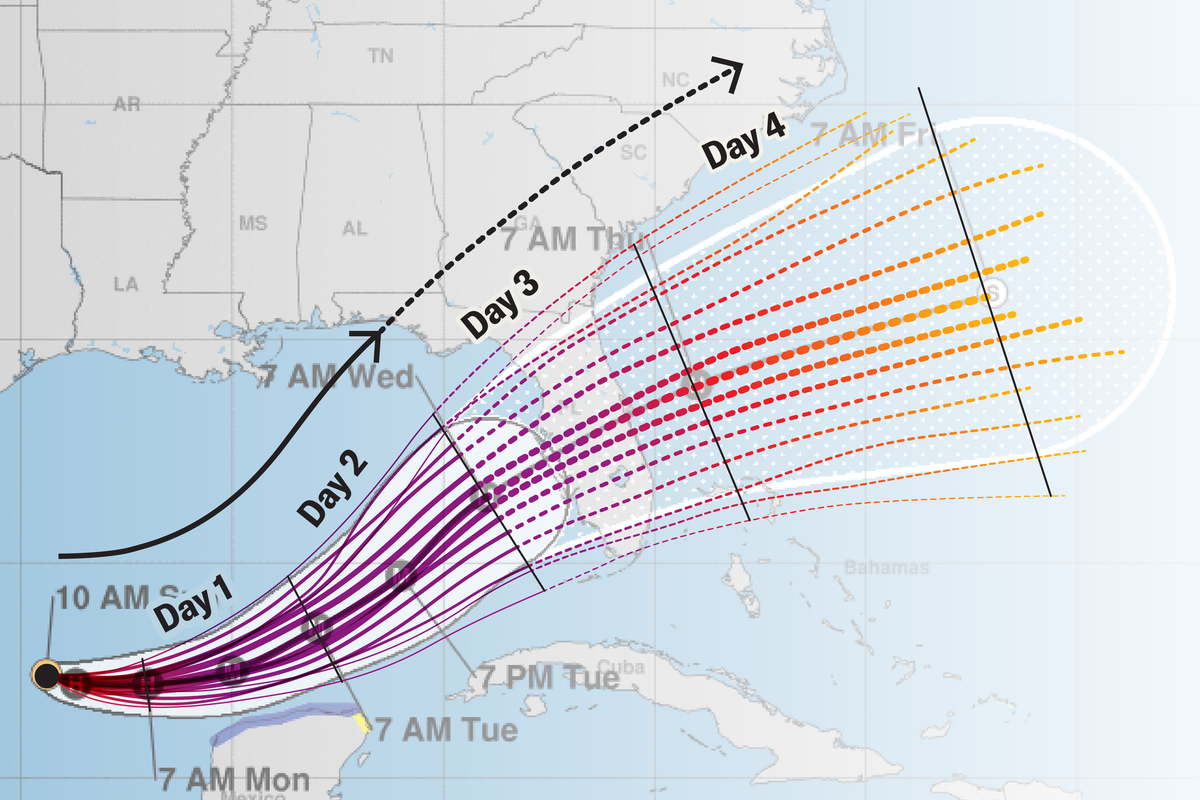Now Reading: Decoding Hurricane Season: Key Terms You Need to Know
-
01
Decoding Hurricane Season: Key Terms You Need to Know
Decoding Hurricane Season: Key Terms You Need to Know

Rapid Summary
- A hurricane is a type of tropical cyclone with maximum sustained winds exceeding 74 mph and occurs in the Atlantic/eastern Pacific. In the northwestern Pacific, it is termed a “typhoon.”
- Tropical cyclones form from systems called tropical disturbances, evolving into tropical depressions (winds ≤38 mph), tropical storms (39-73 mph), and hurricanes or typhoons.
- Categorization:
– Tropical storms earn names from the World Meteorological Association.
– Hurricanes/typhoons are ranked using the Saffir-Simpson scale (Category 1-5) based on wind speed above set thresholds.
- Structure:
– Components include an eye, surrounding eyewall, and spiral rainbands. Warm waters and low wind shear strengthen these storms via convection energy.
– Eye wall replacement cycles can increase storm size despite temporary weakening in intensity.
- Dynamic phenomena associated with cyclones:
– Rapid intensification happens when wind speeds increase ≥35 mph within a day due to ideal conditions like warm sea surface temperatures & low pressure at its center.
– Fujiwhara effect occurs when two storms orbit each other upon close proximity (~850 miles).
- Hurricane season runs June-November in the Atlantic; peak activity spans Aug-Oct. Eastern Pacific season begins mid-May through November end.
Indian Opinion Analysis
Understanding hurricane science equips nations to contend with their consequences effectively-especially as global warming may exacerbate such events. For India, lessons from cyclone-prone regions like Florida could help refine disaster preparedness tailored for Indian Ocean systems like Bay of Bengal cyclones.While technical improvements globally predict storm patterns better than before (e.g., rapid intensification warnings), fostering regional collaborations among South Asian states to bolster predictive tools can mitigate societal losses.
India must prioritize building resilient infrastructure near vulnerable coastal areas by learning about dangers such as storm surge or flash flooding-a persistent challenge affecting communities that continue facing impacts years after major events conclude. Scientific literacy through outreach programs holds transformative potential toward sustainable solutions aligned against rising climatic volatility linked internationally.

























